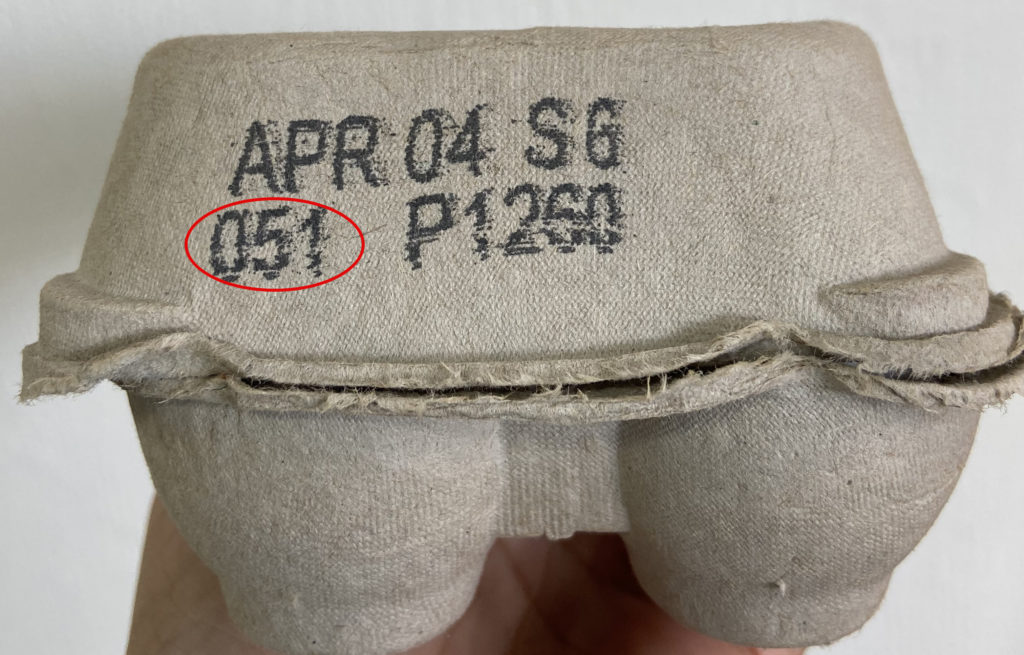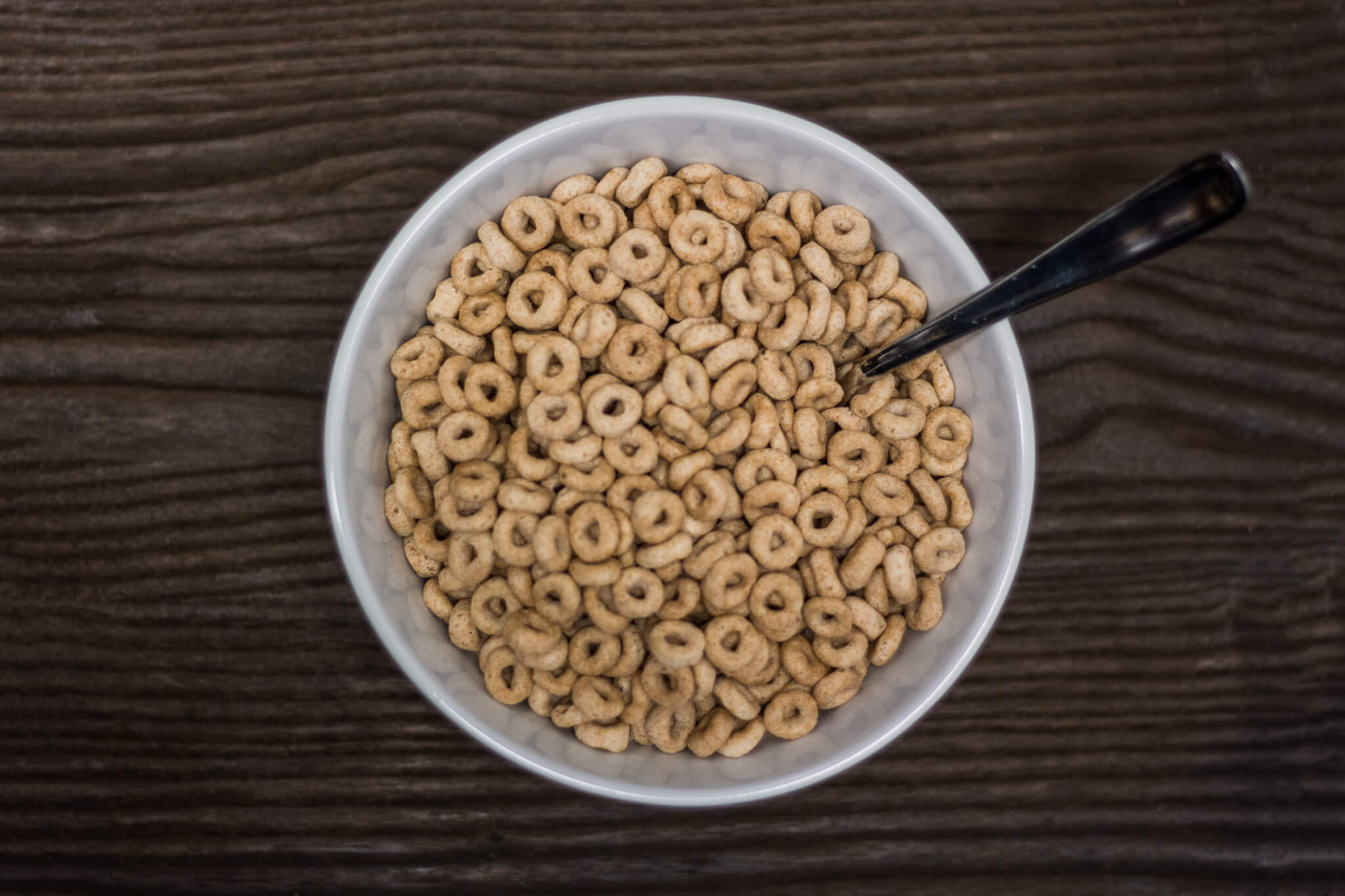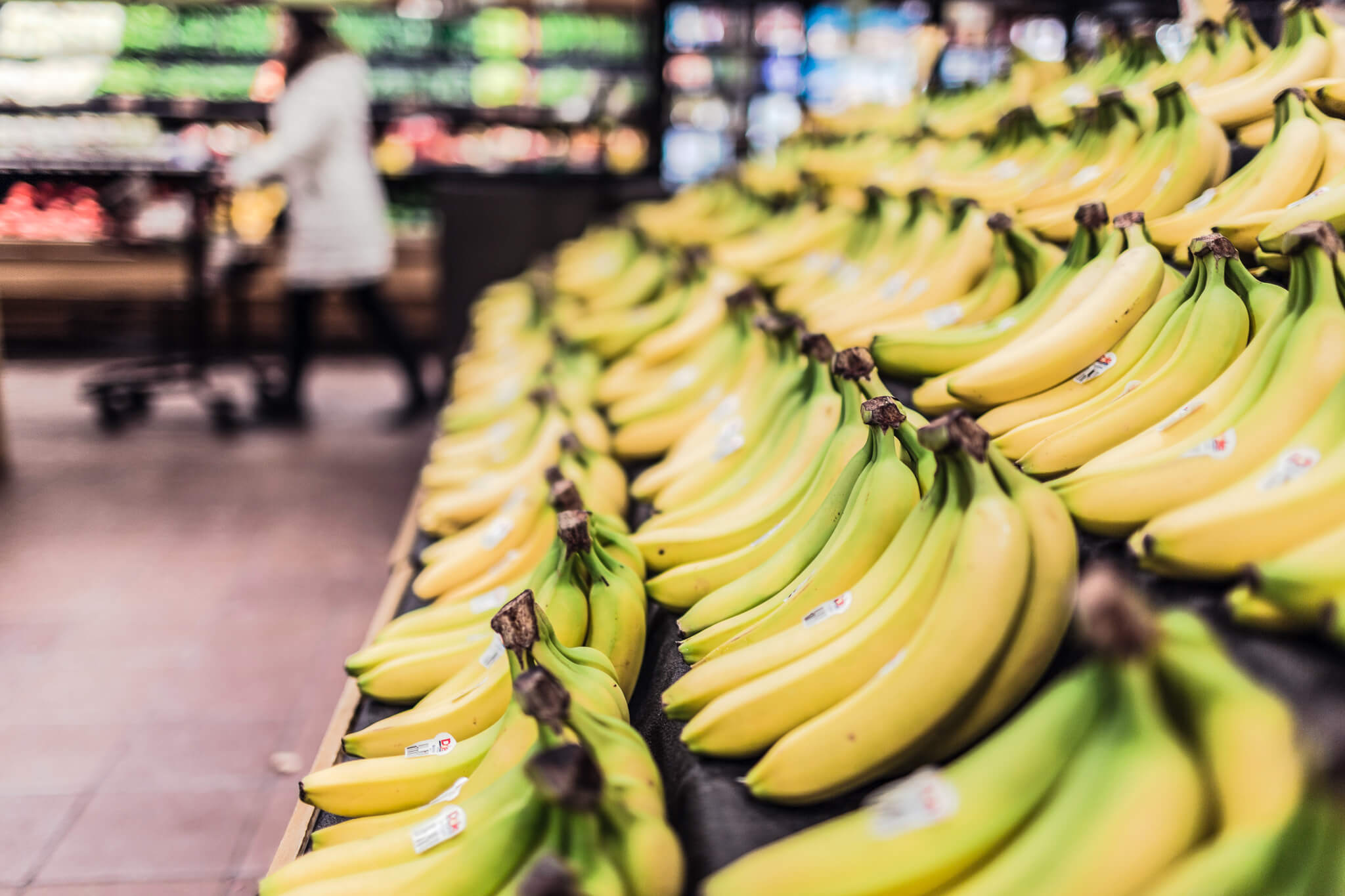This morning for breakfast, I had a bowl of cereal with a “best if used by” date of December 5th, 2019. It was delicious and totally fine to eat. Why? Because food date labels are essentially meaningless.
Okay, so maybe not actually meaningless, but they mean far less than we give them credit for and are not how we should make decisions on when to throw out food. We don’t need to do a weekly purge of our refrigerators and pantries and throw out anything that has passed its “best by”, “use by”, or “sell by” date. (Unless it smells bad or is visibly spoiled, in which case, please get rid of it).
Studies show that in the United States, 30-40% of our food supply is wasted at the retail and consumer level. Many of the studies are about 10 years old, with goals of reaching 50% less food waste by 2030. That would suggest, if we are meeting chronological benchmarks of that goal, we are now wasting somewhere around 22.5-30% of our food. Even more studies have indicated that 20% of our food waste can be attributed to the misunderstanding of food “expiration” dates.
So, what does “best by” actually mean?
It boils down to the quality of the food. The USDA’s definition of four common expiration terms all include the words “it is not a safety date”. “Best by” literally means just that: the date by which the food might lose the best of its color, taste, texture, or overall quality. It’s still, however, perfectly safe to eat (as long as the recommended storage and food safety guidelines of the product have been followed). The only exception to this rule is infant formula.
It is required by the Food and Drug Administration that baby formula have a “use by” date because beyond that date, the nutrient levels can decrease over time and babies shouldn’t be given formula that might not meet their nutritional needs. Other than that, when it comes to determining and implementing food expiration dates, the United States government mostly leaves it up to food manufacturers. That’s why sometimes you won’t see a date on a package, because it doesn’t really have to be there.
There are some label laws and guidelines that help us out, though.
“Open Dating” and “Closed Dating” are two types of product labels you might see. Open dates are calendar dates that refer to those best quality timelines already mentioned. Closed dates are letter and/or number-based codes that show that date and time of production. As I mentioned above, these dates, and whether or not to use them, are usually at the manufacturer’s discretion. There are a few requirements made by state and federal governments on some specific items, other than baby formula, however.
The USDA requires a “pack date” on poultry products and commercially sterile, thermally processed products so that they can trace those products back if there is an outbreak of foodborne illness. Canned food must have a code or the date the item was canned. Egg cartons that are marked with the USDA grade shield also must be marked with the pack date. This number, anywhere from 001 – 365, indicates the exact day of the year. Some eggs in my fridge say 051, so they were packed on the 20th of February. If a “sell by” date is on your USDA grade eggs, it can’t be 30 days beyond the pack date. Again, however, this doesn’t indicate the day until which the eggs are safe to eat. Other egg dating laws are based on the state where the eggs will be sold.

Now, back to that sad 20% statistic…
If 20% of our food is wasted because of consumers misunderstanding the meanings of various expiration-type dates, why don’t we just have a universal system?
Part of the reason there are no hard and fast expiration dates for safety is because so much of the length of time food will be safe to ingest is based on the consumer. The temperature of our fridge or pantry, how long food is left out, how it’s defrosted, the moisture level of the food or storage environment, food handling practices, and more all determine how long a given food item stays safe.
According to the United States Department of Agriculture (and science in general, I assume, but I found this on a USDA website), there are two types of bacteria that can be found on food: pathogenic and spoilage bacteria. The pathogenic bacteria are what cause foodborne illness, while spoilage bacteria cause deterioration and lead to unpleasant tastes and odors. When food isn’t stored or handled the way it should be, those bacteria grow more rapidly, and our food becomes gross or unsafe more quickly.
There is a common goal in mind
Because everyone can agree that food waste is not good (to put it lightly) for many reasons, governments and industries are trying to find ways to lessen the waste (by 50% as mentioned at the beginning). One of those ways is by figuring out what dating verbiage is most clear to consumers. Meghan Stasz is the vice president of sustainability and packaging for the Grocery Manufacturers Association. They did a test of date label terms with consumers and Ms. Stasz said that “’Best if used by’ was a clear winner.” Because of studies like that, you might begin to see that phrasing becoming more standard on your food.
In fact, the USDA Food Safety and Inspection Service has begun recommending that phrase specifically. It seems to more clearly indicate to consumers that foods aren’t necessarily spoiled after that date, they just aren’t as fresh. If food doesn’t look or smell spoiled it may legally be purchased, donated, and consumed after that date.
And now…
Now that you’re a semi expert on food dating, you should read the next blog in the series. I talk about specific foods that are totally good after their “expiration” date, ways you can determine if food is spoiled or not, places you can get food on the cheap (after it’s passed its date), and how you should handle and store certain foods to make sure they stay delicious and safe as long as possible. Click here for that info.
Leave a Reply
Food companies often use fear and misconceptions to market their product. Enter your email below and you'll have 5 ways to beat them at their sneaky game.
5 Food Label Secrets to Save Big $$$ at the Grocery Store
oh, yes please
FREE DOWNLOAD
The Olive Branch
Offering first-hand perspective on farming and our food supply
Home
About
consulting
resources
Contact
the blog
Follow along on Instagram
@theolivebranch_j
The olive branch 2024 | design by tonic
ag Tours






I just cleaned out my refrigerator, paying attention to the best buy dates and tossing, but most of the items seemed fine. I wish I would have waited until I had read your article.
This will be good to share with my husband (Rich) who is a stickler about those dates, thanks!
[…] reading Monday’s post and learning that “expiration” dates on your food don’t really mean all that much, you might […]